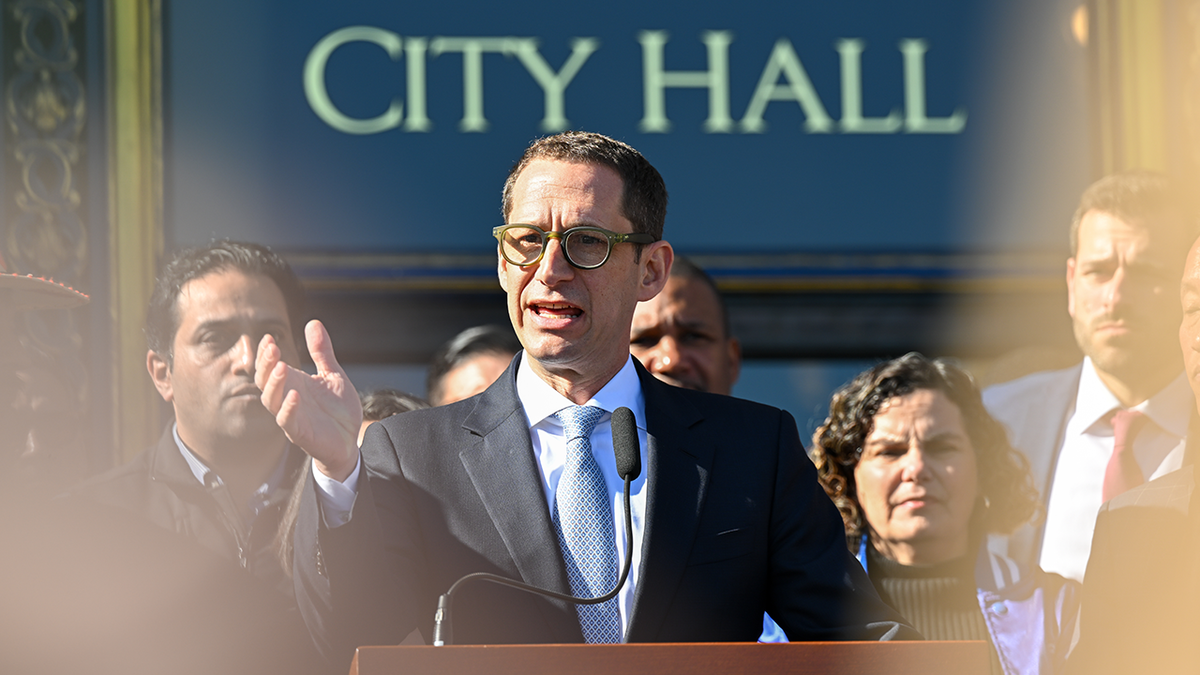
San Francisco Mayor Mandates Return to Office, Aiming to Revitalize City
San Francisco Mayor Daniel Lurie has directed city employees to return to in-person work at least four days a week, signaling a significant shift in policy and a renewed focus on improving city services and revitalizing the downtown area. The move, outlined in a memo released on Tuesday, aims to enhance government efficiency, improve communication, and bolster the city’s recovery efforts. Lurie’s decision places San Francisco among a growing number of cities across the country that are urging their employees to return to the office, following a trend that gained momentum after President Donald Trump’s return to office and his executive order terminating remote work in the federal government.
Lurie, who recently took office with a commitment to shaking up the status quo in San Francisco, emphasized the critical operational benefits of in-person work. "Bringing our workers back to the office will make our services more effective and responsive to our residents," Lurie stated. "That is what San Franciscans expect and what Mayor Lurie will deliver."
The mayor’s office has set a target date of April 28th for the full implementation of the return-to-office policy. According to the memo, approximately 70% of San Francisco employees currently work in-person five or more days a week, while the remaining 30% work in the office three days a week. The new directive requires all employees to be in the office at least four days a week, marking a notable increase in in-person presence.
Charles Lutvak, spokesperson for Mayor Lurie, stated that the administration looks forward to collaborating with various departments and labor unions in the coming weeks to effectively implement the mayor’s plan. The memo distributed to department heads highlights the benefits of in-office work, including improved performance, enhanced communication, and greater collaboration among employees. It also emphasizes the importance of having more employees available to serve the residents of San Francisco.
Lurie’s decision to mandate a return to the office is part of a broader strategy to revitalize San Francisco, which has faced challenges in recent years, including a rise in crime, a drug crisis, and a struggling downtown area. During his campaign, Lurie pledged to clean up the city’s streets, enhance public safety, tackle the drug crisis, create housing, streamline bureaucracy, and revitalize the downtown core.
The mayor’s office has also announced new initiatives aimed at addressing these challenges, including an agreement with the Board of Supervisors to convert empty office spaces in downtown San Francisco into new housing units. The legislation seeks to cut through red tape and streamline the process of launching office-to-housing conversion projects.
"Transforming vacant offices into housing will help drive our recovery downtown while creating new homes for San Franciscans," Lurie said. "This is a win-win for our city thanks to the new era of collaboration at City Hall, so we can create a thriving, 24/7 downtown that benefits both residents and businesses."
The new legislation is expected to reduce the development costs associated with converting office spaces and extend the application deadlines for programs that facilitate zoning and building permits.
In addition to housing initiatives, Lurie has taken steps to address public safety concerns. Earlier this month, he launched the San Francisco Police Department (SFPD) Hospitality Task Force, which aims to increase police presence in business and tourist districts and dedicate more resources to high-traffic areas.
The city has also passed the Fentanyl State of Emergency Ordinance, which will provide resources to combat the drug crisis by increasing shelter capacities, expanding health initiatives, and unlocking funding for expanded treatment options. The ordinance reflects the city’s commitment to getting drugs off the streets and keeping San Franciscans safe.
While San Francisco is moving towards a greater emphasis on in-person work, California state employees are still permitted to follow a hybrid schedule. Last year, Governor Gavin Newsom’s administration ordered state employees to return to the office at least two days a week. The governor’s office did not immediately comment on Lurie’s memo.
The decision by Mayor Lurie to mandate a return to the office for San Francisco city employees is a significant step in his broader plan to revitalize the city and improve its services. By emphasizing the benefits of in-person collaboration, communication, and performance, the mayor hopes to create a more efficient and responsive government that better serves the needs of San Francisco residents. The success of this initiative will depend on the collaboration between city departments, labor unions, and the broader community, as San Francisco embarks on a new era of recovery and revitalization.
